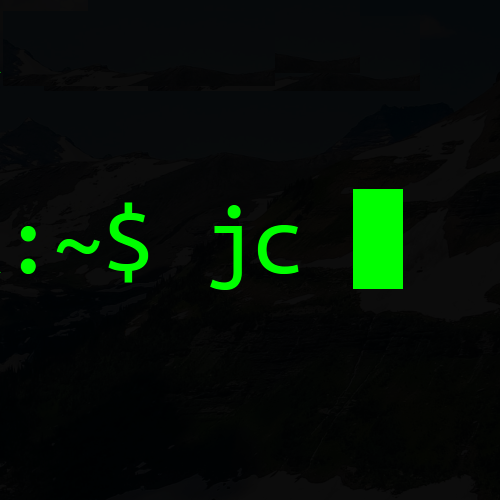Last week we released version 1 of pysyncgateway - a Python package for communicating with Couchbase’s Sync Gateway via its REST API.
But this “new” library was not created from scratch. It consists mainly of code extracted from my employer’s Django based API server repository. That API is now around 4,000 lines of code and test smaller and installs pysyncgateway as a package during deployment.
Both the process of extraction and the final result have been been really helpful - this post covers some of the benefits that we have found so far.
Better separation of concerns
The boundary between the new library and the server code makes it much easier to reason about where responsibilities start and end.
Originally the Sync Gateway communication code was tightly knitted with our Django API server:
- It used Django settings for establishing URLs of the Sync Gateway instance in test and production.
- It provided test cases to our server’s old Unittest test suite, Those test cases created test Databases, Users and Documents on the Sync Gateway for each test - tearing them down afterwards.
- It manipulated the statistical data retrieved from Sync Gateway and posted it to our statsd instance. Again Django’s settings were used for configuration.
In extracting the library, these responsibilities have been cleaned out and clarified:
- Communication with Sync Gateway’s API from Python - Responsibility of pysyncgateway library. All calls made to Sync Gateway are the responsibility of the library.
- Testing and mitigating any strange behaviours of the Sync Gateway API - Responsibility of pysyncgateway. The library’s code is the place to pin and mitigate any strange behaviours that are found.
- Integration of Sync Gateway’s objects (User, Document, Database) into the API server and Django - Responsibility of API server code. The server code remains responsible for managing its own tests conditions.
- Synchronisation of Django’s User object with Sync Gateway’s User objects - Responsibility of API server. The library is oblivious to the application that is using it - in the same way that the requests libary is oblivious to the fact that is it being used by pysyncgateway to communicate with Sync Gateway.
Improved efficiency of development and test
While working on the library code, I’ve found that testing has been much more efficient.
In terms of time, a single test run as part of a build on Circle CI takes around 10s whereas in our API server test suite it was taking 40s and was mixed in with a much longer (~20 minute) long test suite.
The dedicated library repository now means that when I’ve had questions about how Sync Gateway behaves in certain situations, then the library is the place to explore that behaviour and ensure that the library code is fulfilling its main responsibility - communicating as best it can with any Sync Gateway instance.
Document all the things
The documentation built by sphinx and hosted on Read The Docs is great. I’ve found it much better than reading docs via a code editor or ipython and end up using the RTD site as the main point of reference.
Luckily many of the docstrings were in place in much of the code before the extraction, but moving they were mixed in with API project specific information that could not be published. Again, the clarity of responsibilities meant that we could clean up much of the docs to make them ready to be published.
Still a monolith, but with packaging benefits
Our server code remains a single monolith - it’s one installed blob of code on one server. The Sync Gateway code was extracted into a library, not a service.
However, now that the Sync Gateway code is installed from PyPi via pip-sync, this provides the additional abstraction that we can select the version of the library that will be installed.
This means we will have more flexibility to improve the library to work with the latest version of Sync Gateway 2 (it’s currently only tested with 1.5) and also Python 3. We can upgrade the library, make breaking changes if required and bump versions without touching the server monolith at all.
Finally
The extraction of pysyncgateway has worked out well for us and so I’m preparing to extract our next library - a simple object orientated layer that we use to communicate with Nextcloud.
There will be quite a bit of time invested to extract the code, but my expectation is that the test benefits will be great. Not only will we get to remove library code that takes around 6 minutes to test, but also we will gain the library’s test suite as a dedicated area to test the nuanced edge cases of Nextcloud’s API.
Happy code extraction!
